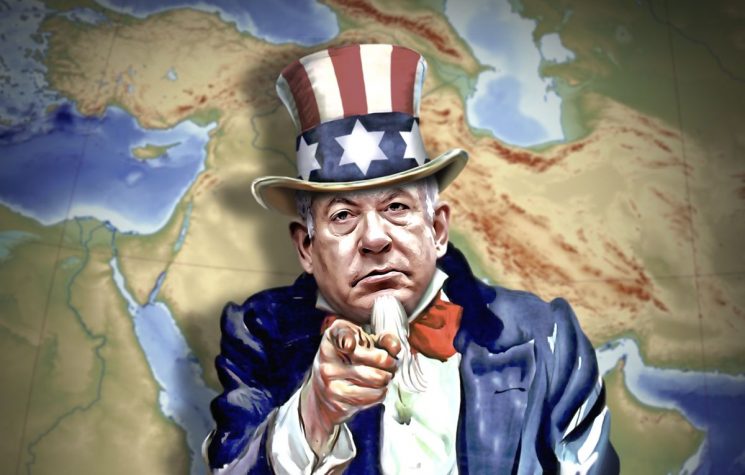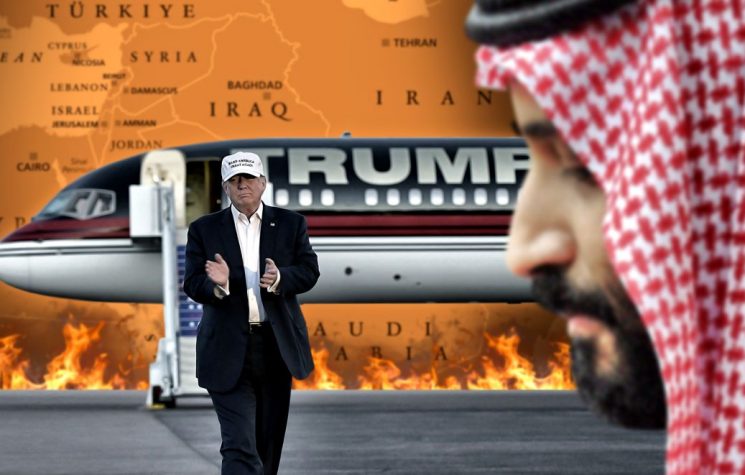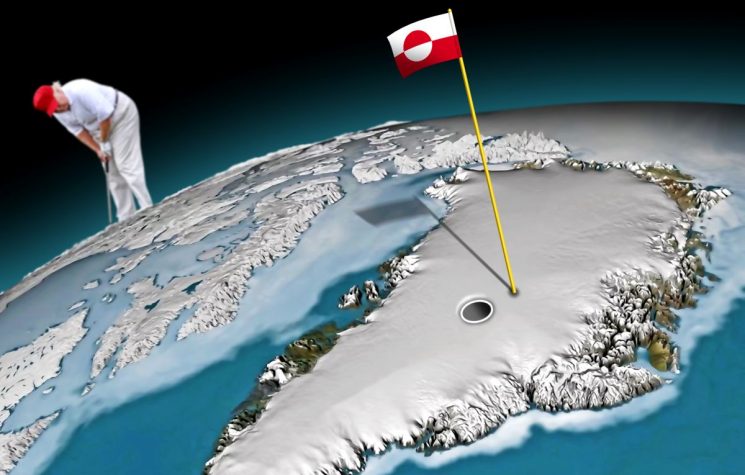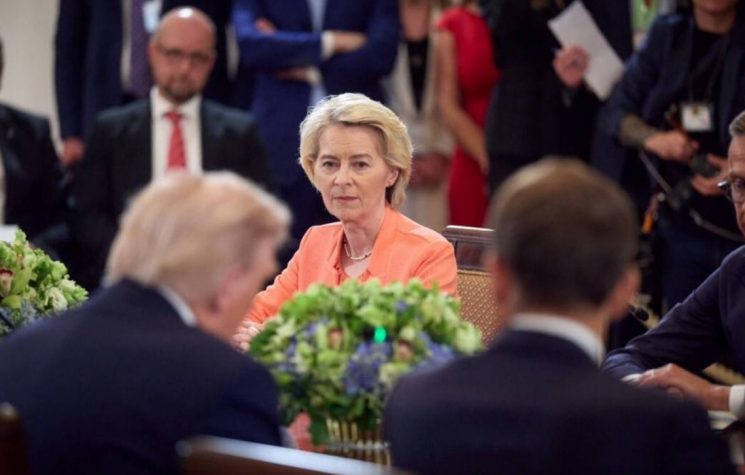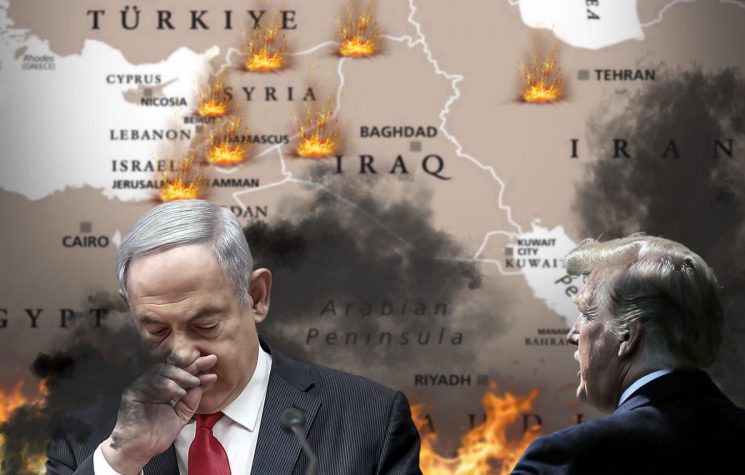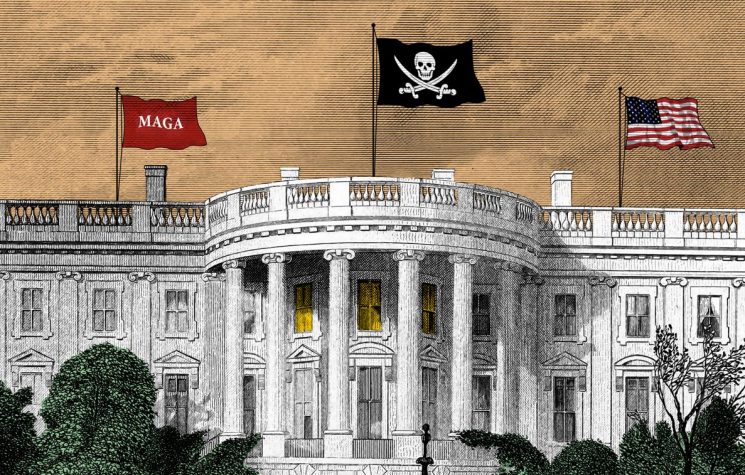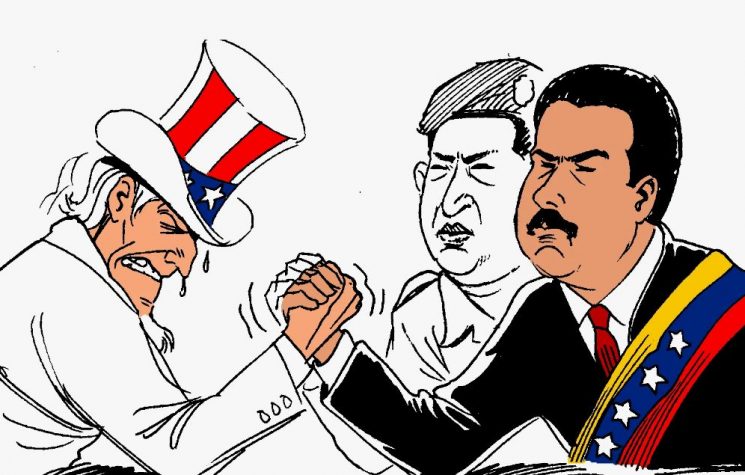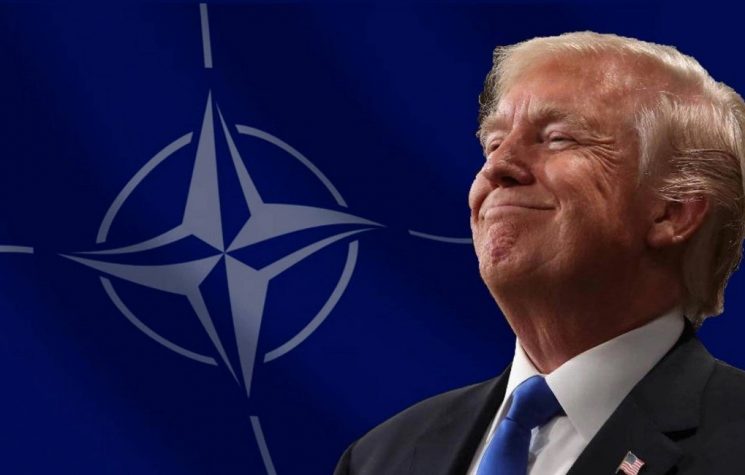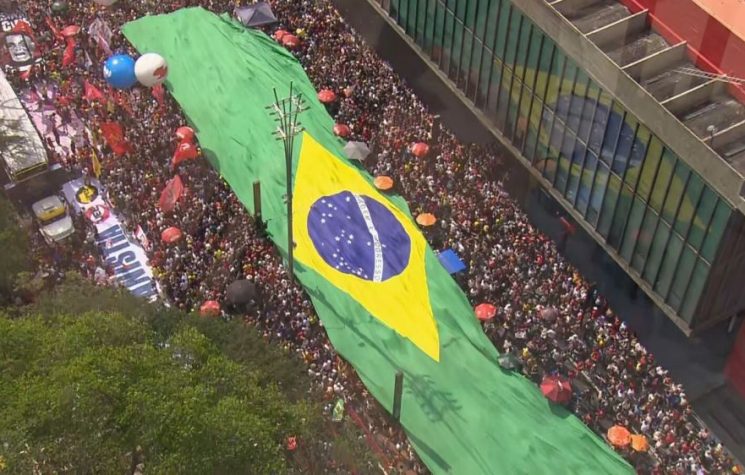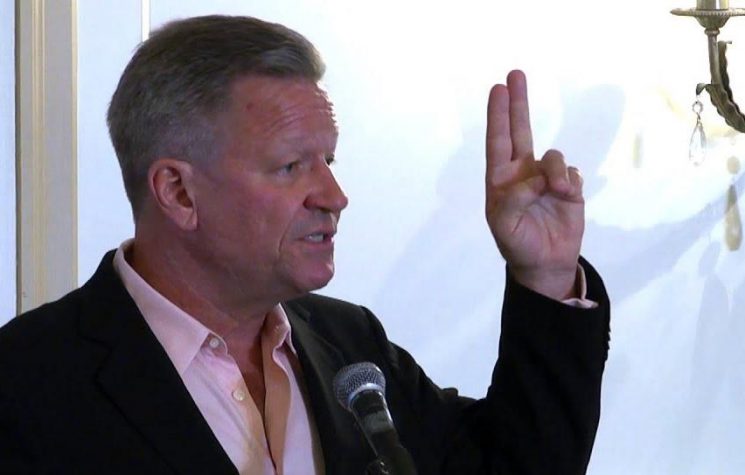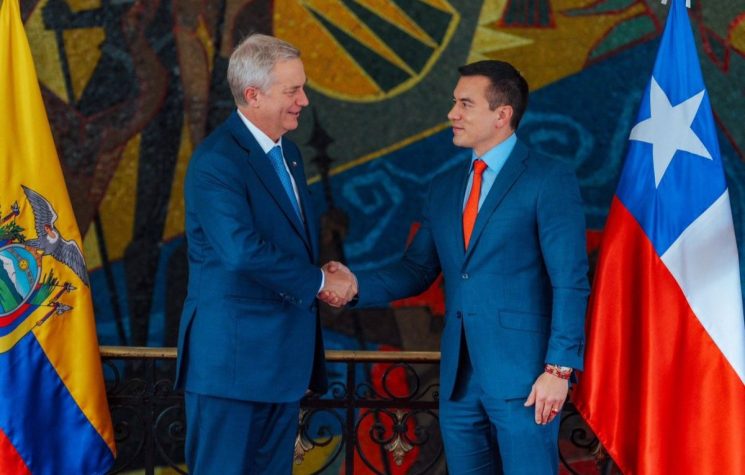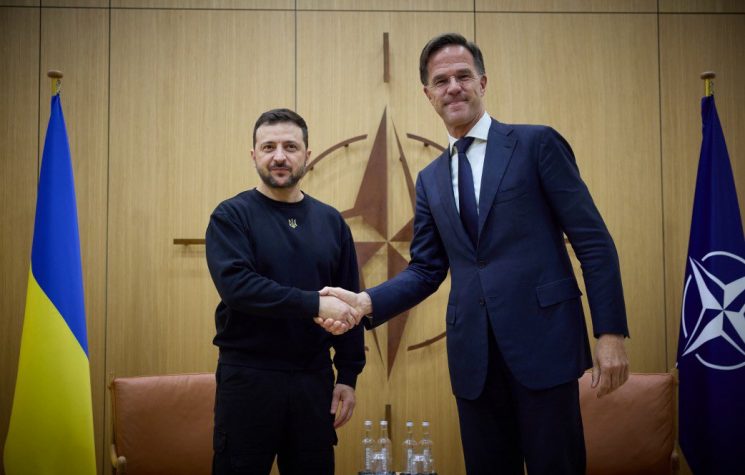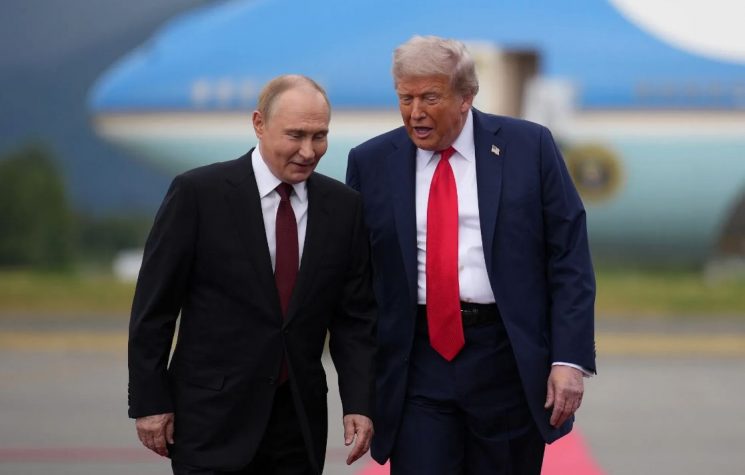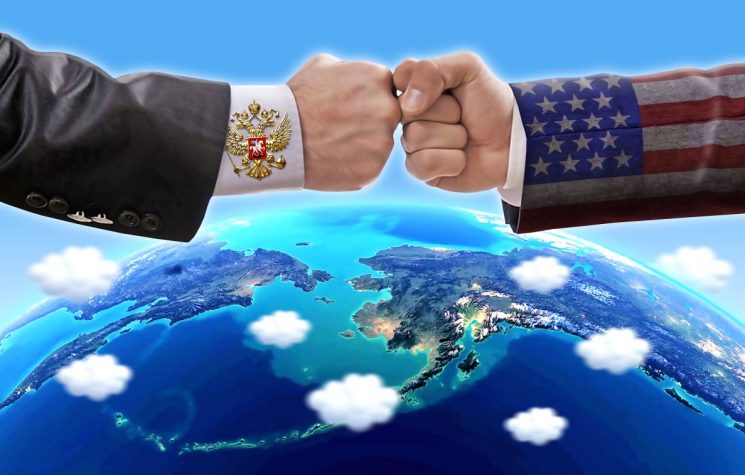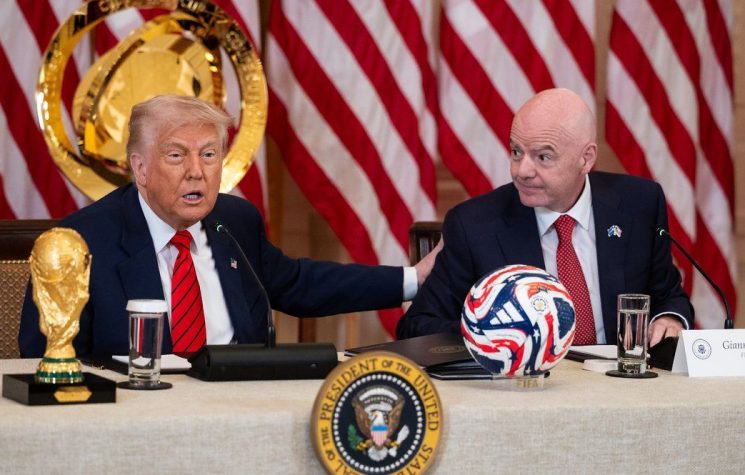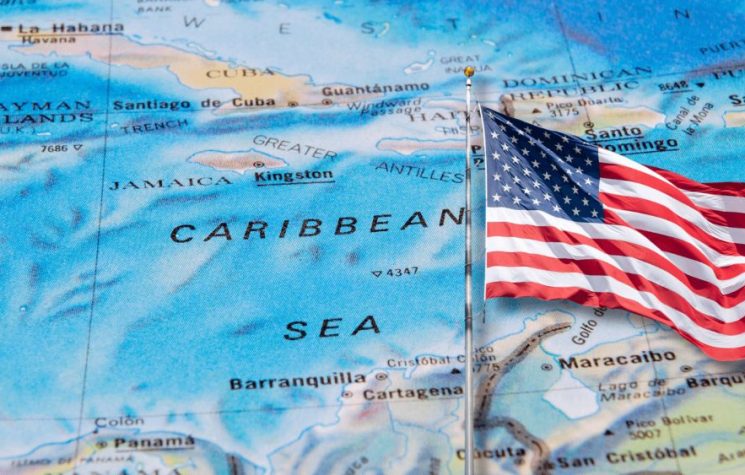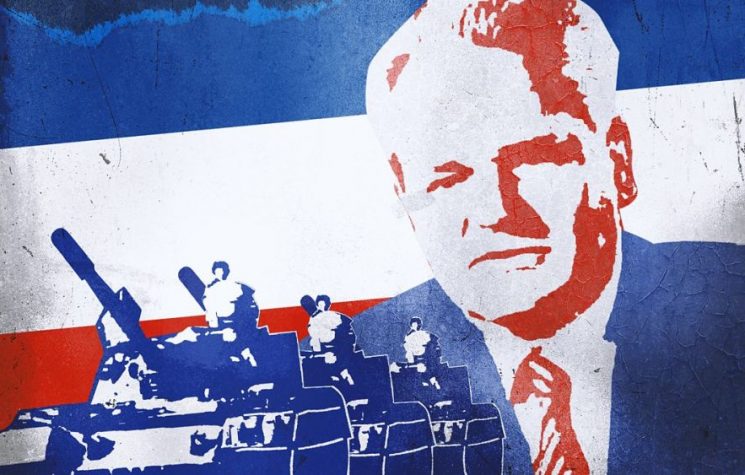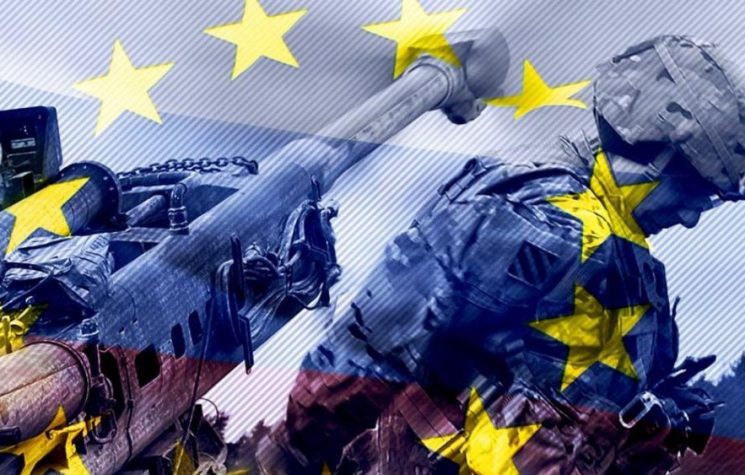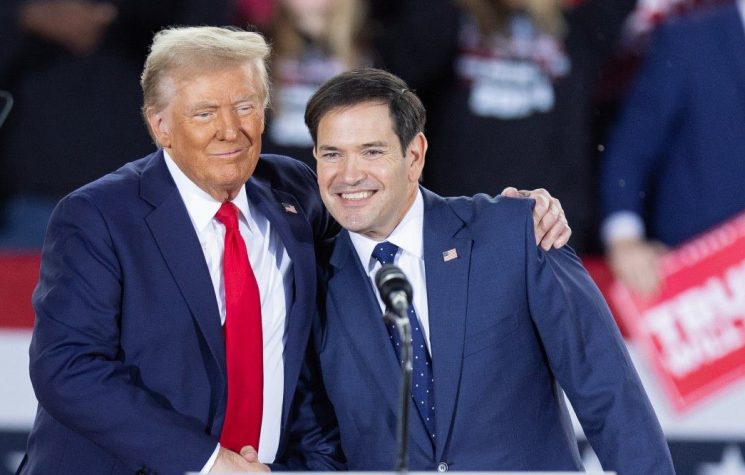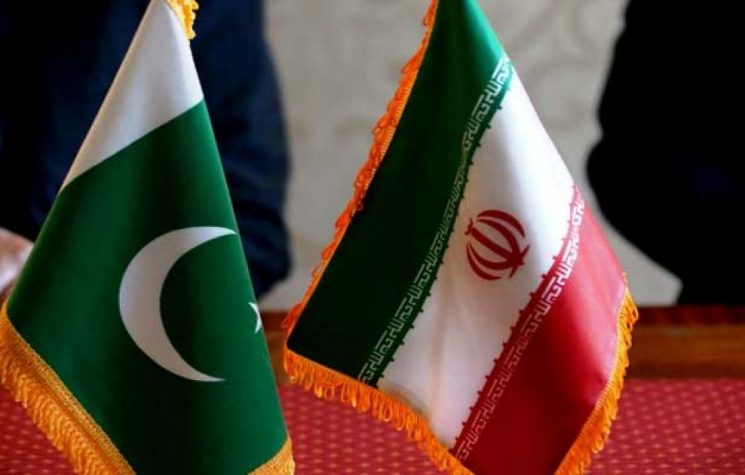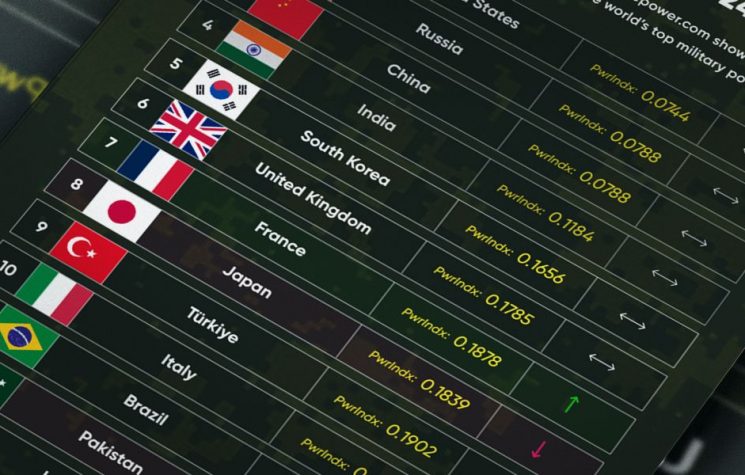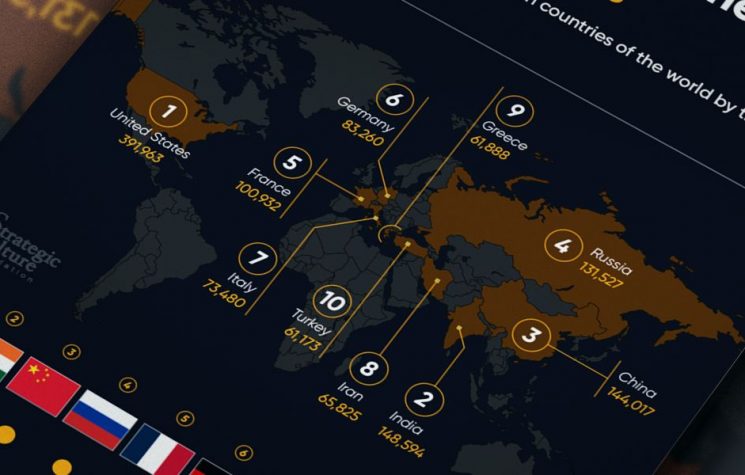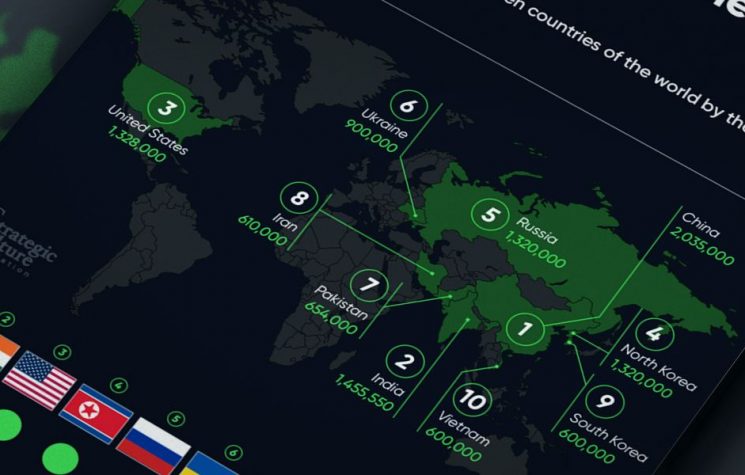Trump continues to be seized by the delusional view that his Israeli-centred vision could all be accomplished merely by ending the genocide in Gaza.
Join us on Telegram![]() , Twitter
, Twitter![]() , and VK
, and VK![]() .
.
Contact us: info@strategic-culture.su
The big issue emerging from the U.S.’ 22 June strike on Iran – second only to ‘wither Iran?’ – is whether in Trump’s calculus he can ‘rhetorically impose’ the having “obliterated” Iran’s nuclear programme claim long enough to both restrain Israel from hitting Iran again, yet still allow Trump to pursue his show-stopper headline, ‘WE WON: I’m in charge now and everybody is going to do what I tell them’.
These were the key conflicting issues that were to be hammered out with Netanyahu during his White House visit this week. Netanyahu’s interests essentially are for ‘more hot war’, and thus differ from the Trump ceasefire general stratagem.
Implicit in his ‘In-Boom-Out & Ceasefire’ Iran approach is that Trump may imagine he has created the space to resume his primary objective – that of instituting a broader Israeli-centric order across the Middle East, devolving upon trade deals, economic ties, investment and connectivity, to create a business-led West Asia, centred on Tel Aviv (with Trump as its de facto ‘President’).
And, via this ‘Business Super Highway’, to strike further beyond – with the Gulf States penetrating into BRICS’ south Asian heartland to disrupt BRICS connectivity and corridors.
The sine qua non for any jumpstart to a putative ‘Abraham Accords 2.0 of course – as Trump clearly understands – is an end to the Gaza War; the withdrawal of Israeli forces from Gaza; and the Strip’s re-construction (none of which seems to be in realistic reach).
What emerges rather, is that Trump continues to be seized by the delusional view that his Israeli-centred vision could all be accomplished merely by ending the genocide in Gaza, but with the world watching aghast as Israel continues on a hegemonic military rampage across the region.
The most obvious flaw to the Trump premise is that a chastened Iran somehow has been achieved by Israeli and American strikes. It is the opposite. Iran has arisen more unified, resolute and defiant. Far from being relegated to watching passively from the sidelines, Iran now – in the wake of recent events – resumes its place as a leading regional power. One that is readying a possibly game-changing military riposte to any further strikes by either Israel or the U.S.
What is ignored in all these western claims of Israeli success, is that Israel chose to bet all on a surprise ‘shock and awe’ strike. One that would overturn the Islamic Republic at a stroke. It didn’t work: the strategic objective failed, and it produced the opposite outcome. But the more fundamental point is that the techniques used by Israel – that required months, if not years of preparation – cannot just be repeated again now that their stratagems have been fully exposed.
This White House misreading of the Iran reality signals that the Trump Team allowed themselves to be deceived by Israeli hubris in insisting that Iran was a house-of-cards, primed to collapse completely into paralysis upon the first taste of the Israeli sneak decapitation ‘muscle’ on 13 June.
This was a fundamental error – in a pattern of similar errors: That China would capitulate to the threat of imposed tariffs; that Russia could be coerced into a ceasefire against its interests; and that Iran would be ready to sign an unconditional surrender document in the face of Trump’s threats post-22 June.
What these U.S. blunders speak to – apart from a consistent divorce from geo-political realities – is western weakness masked behind hubris and bluster. The U.S. Establishment clings to its fading primacy; but in doing it so ineffectually, it has instead accelerated the formation of a potent geo-strategic alliance intent on defying the U.S.
The consequence has been the wake up call to other States occasioned by the western slide towards stratagems of outright lies and deceit: The ‘Spider Web’ operation against the Russian strategic bomber fleet on the eve of the Istanbul talks and the U.S.-Israeli sneak attack on Iran two days before the expected next round of U.S.-Iranian nuclear talks, have increased the will-to-resist by China, Russian and Iran particularly, but more generally it is felt across the Global South.
The entire complexion of this war to retain America’s dollar primacy has been irreversibly altered.
All are ‘on guard’ as they see evidence that, with the expectation of NATO’s defeat in Ukraine, the West is ramping up the new Cold War on many fronts: in the Baltic Sea; the Caucasus; the Iran periphery (via cyber attack), and of course via escalated financial war across the board. Trump is again threatening to sanction Iran and any State purchasing its oil. On Monday, Trump posted on Truth Social that he would impose a new 10% tariff on “any country aligning themselves with the Anti-American policies of BRICS”.
Naturally, States are preparing against this escalation. Tensions are rising everywhere.
Azerbaijan (and even Armenia) are being weaponised against Russia and Iran by NATO powers and Turkey. Azerbaijan was used to facilitate Israeli drones launched into Iran, and its airspace was used too by Israeli aircraft to circle into the Caspian Sea in order for Israel to launch stand-off cruise missiles from Azeri airspace over the Caspian Sea at Tehran.
Iraqi Kurdistan, Kazakhstan and the Baluchi borderlands have been used as platforms to infiltrate sabotage units into both Russia and Iran to pre-position missiles and drones and sabotage units for asymmetric warfare.
On the other flank of this escalating war, Trump is racing to land a string of ‘trade’ agreements across the Pacific, including with Indonesia, Thailand and Cambodia. The aim being to build ‘a cage’ of special higher tariffs around China’s ability to use ‘trans-shipments’ – that is goods imported into other States from China, which are then re-exported to America.
The U.S. set the precedent via Vietnam, with a 40% tariff on trans-shipments that is precisely double the 20% levy on Vietnamese-made goods.
Except that Trump’s ‘shock and awe’ strategy of imposing tariffs to regain industrial activity and to keep the rest of the world subject to dollar hegemony is not working: First Trump was forced to announce a 90-day moratorium on Liberation Day Tariffs in the hope that 90 deals would be struck in the interim – yet only three ‘framework agreements’ were settled. So the Administration is now forced to extend the moratorium yet again (to 1 August). Bessent, U.S. Treasury Secretary, has said that many of the 90 states originally tariffed did not even try to contact the U.S. to work out a deal
The ability to financially punish people for not doing what the U.S. says is drawing to a close. The alternative to the dollar network exists. And it is not a ‘new reserve currency’.
The alternative is the solution envisaged by China: a fusion of Fintech retail payment platforms with banking and Central Banking digital frameworks, based on block-chain and other digital technologies. (The U.S. cannot replicate this approach – as Silicon Valley and Wall Street are at war with each other, and won’t co-operate).
As Will Schryver noted wryly a couple of years ago —
“The empire’s seemingly endless string of hubris-driven blunders has rapidly accelerated the formation of what is quite arguably the single most potent military / economic / geostrategic alliance seen in modern times: the tripartite axis of Russia, China, and Iran …
“It has astoundingly managed to jump from the frying pan of a regional proxy war against Russia into the fire of a global conflict that all three of its steadily strengthening adversaries now view as existential”.
“In my considered opinion, this is almost certainly the single most inexplicable and portentous series of geopolitical blunders in recorded history”.
